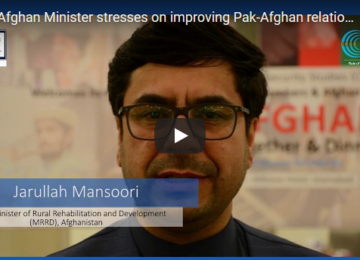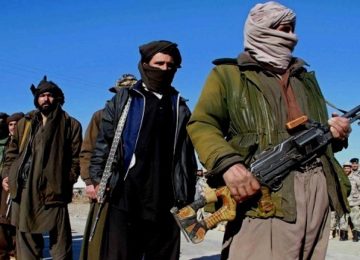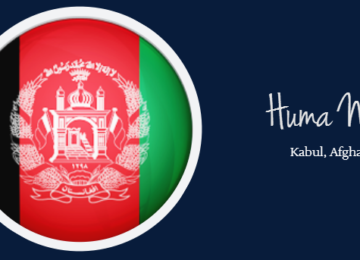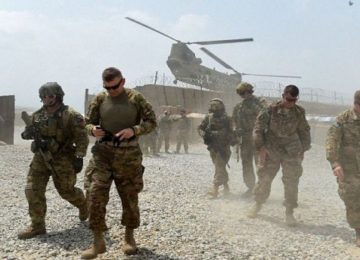Afghanistan continues to face an unprecedented humanitarian crisis due to the severe economic situation, high levels of poverty, natural disasters (earthquakes, drought and floods) and the immediate aftermath of the COVID-19 pandemic. Some 24.4 million people – 59 per cent of Afghanistan’s estimated 42 million population needs humanitarian and protection assistance in 2022. This is largely influenced by spiralling food insecurity, dangerous levels of malnutrition, eroded livelihood as well as displacement and increasingly complex protection risks and needs. In the last two years, over 1 million IDPs have returned to their places of origin with at least 974,220 in 2021 and 179,987 in 2022. This year alone by 1 October, 3,751 Afghan refugees returned to Afghanistan, already surpassing those who returned in 2020 and in 2021.
Also, the number of IDPs due to conflict countrywide is now estimated at 3.4 million. UNHCR remains engaged with partners to deliver life-saving assistance to those in need. So far in 2022, 2.7 million people including refugee returnees have benefittedfrom community-based interventionsthrough an area-based approach in the Priority Areas of Return and Reintegration (PARRs).
KEY INDICATORS
UNHCR reached some 891,600 who received emergency assistance and another 2.7 million people benefiting from services in the 80 PARRs as of 30 September 2022
- 566,800 individuals Provided with cash assistance
- 324,800 individuals Provided with in-kind and other assistance
- 2.7 million individuals Benefited from services in the 80 PARRs
- 1.1 million individuals Assessed
Source: UNHCR Operational Update September 2022
Read the full report here: https://data.unhcr.org/en/documents/download/96620








